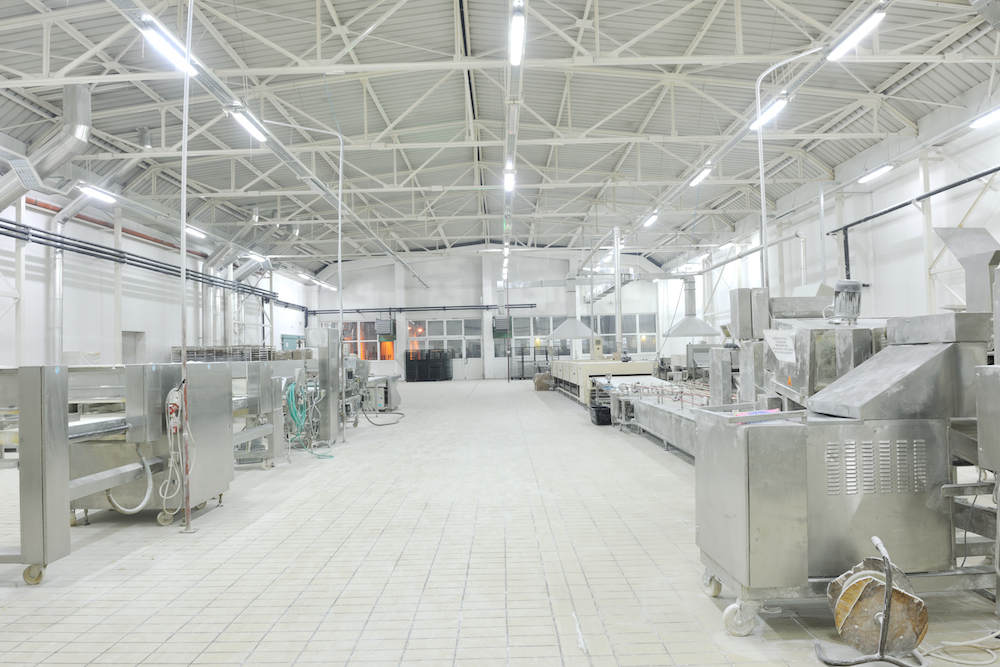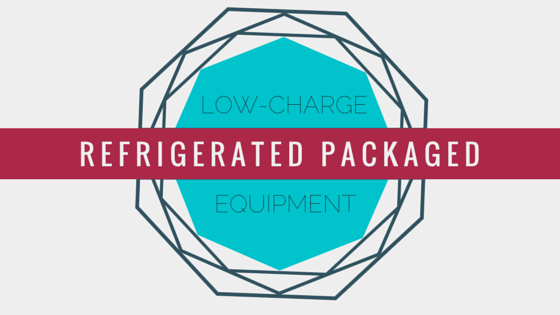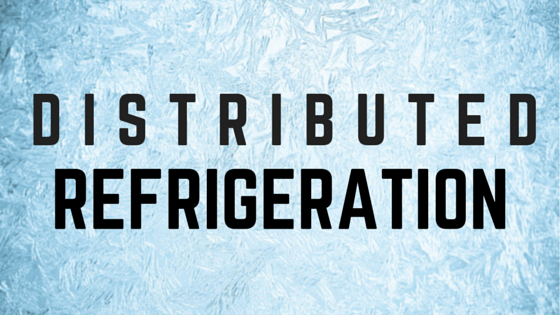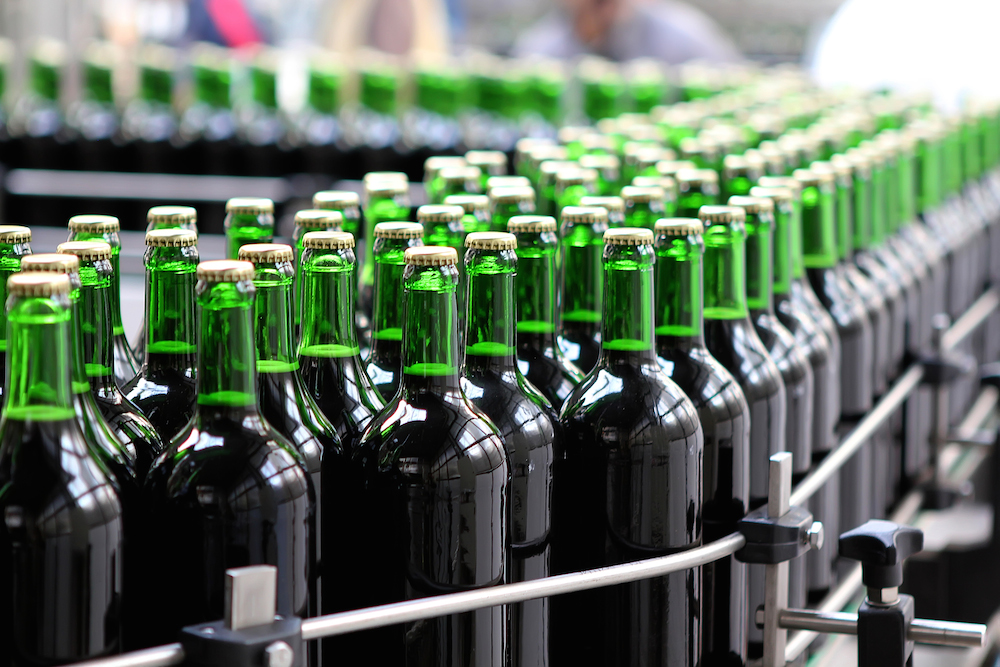How to Choose the Best Lighting for Your Food Facility
All lighting is not created equal. When selecting LED or fluorescent lighting for your food facility or warehouse, understand that each type is better suited for some areas rather than others. How can you know which is the right fit for your plant?
Continue Reading “How to Choose the Best Lighting for Your Food Facility”











